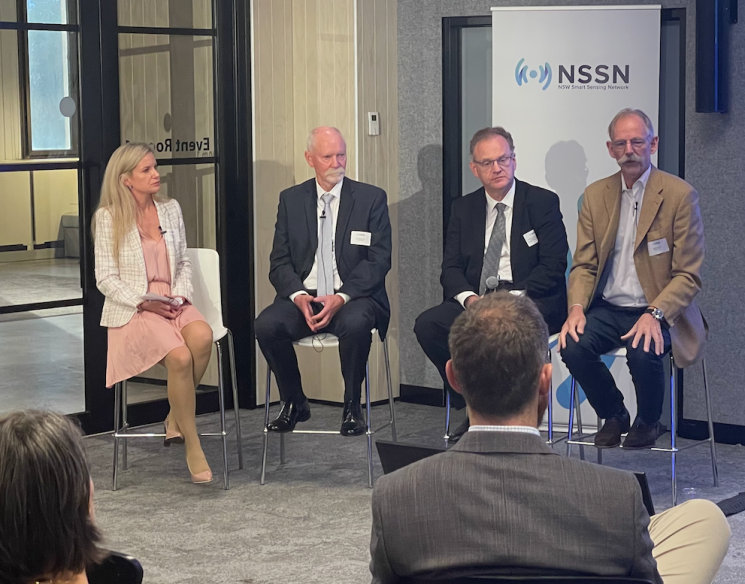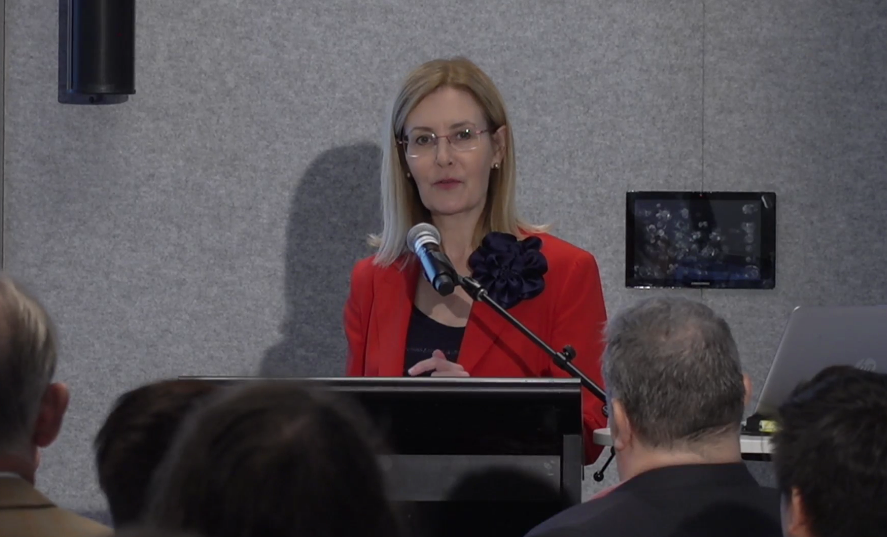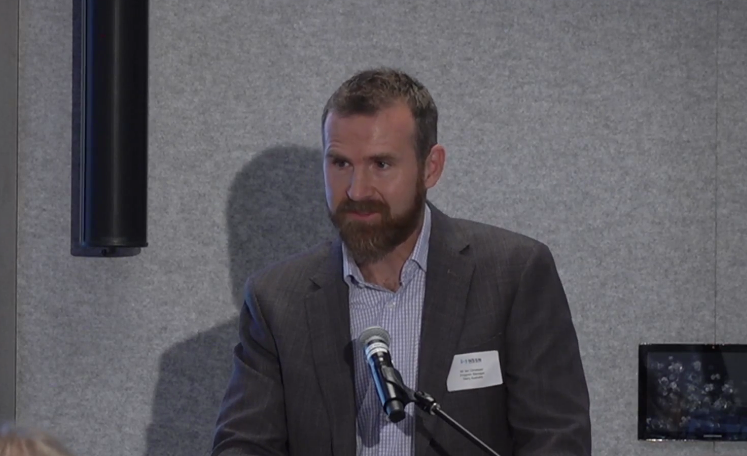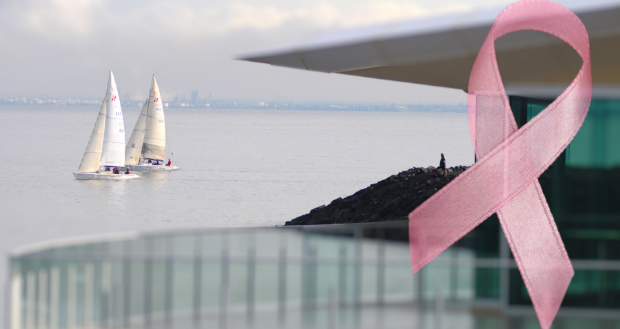
Research and industry experts recently gathered at a Towards a Waste Free Future: Technology Readiness in Waste and Resource Recovery seminar in Sydney, co-hosted by the NSW Smart Sensing Network (NSSN) and Australian Academy of Technology and Engineering (ATSE).
The seminar convened a team of research and industry partners that have banded together to enhance Australia’s recycling capability.
Brought together by the NSSN, researchers from the University of Sydney, University of Technology Sydney (UTS) and University of New South Wales (UNSW) have collaborated with major Australian companies to develop novel solutions for sensing and treating residual contaminants on HDPE milk bottles.
Project partners and industry experts involved include Labelmakers Group, Dairy Australia, Bega, Lactalis, and Saputo.
Led by PEGRAS Asia Pacific, the industry-driven collaboration aims to support the transition towards a thriving circular economy.
PEGRAS director and technology consultant Ian Byrne said the partnership took roots in 2017 when the Labelmakers Group approached PEGRAS about the glue used in labels and the impact they may have on recycling milk bottles.
“The problem relates to the glue sticking the labels to the milk bottles made out of HDPE. The label is only about the thickness of a strand of human hair and consists of five separate layers,” he said.
“Approximately 12.5 per cent of the milk bottle surface is covered with label material that is stuck on with pressure sensitive adhesive. The glue is very hard to wash off when the milk bottle is being recycled as If we try to wash the adhesive off the flake, the adhesive permeates the entire system.”
As such, a QC method that yields an accurate measure of glue contamination was needed, in addition to finding a way to get rid of the glue before it permeated the system. The aim of the research project was to increase the recycling of plastics by sensing and treating label contamination.
Fast forward four years and the partnership has developed a world-first for sensing residual glue levels on recycled HDPE – HDPE with labels and glue attached were put through an impact delamination process to remove the labels and glue from the surface.
A new chemical washing technology has also been developed to remove most residual glue from a commercial HDPE feed.
The new QC method was then used to determine the glue content of the final HDPE. This method takes into account the non-uniform nature of the recycled flake. A provisional patent covering this technology is being prepared.
“Reaching this target requires an ongoing collaboration between industry, government and academia. Labelmakers has since designed four trial variations, printed 80,000 labels, and used over 4,000L of wash solution to remove them,” Byrne said.
“But the speed of design upcycle needs to be increased. Labelmakers will be transferring testing to a project test read, currently under construction.”
A new mechanical separation technology is also under development, based on impact delamination, to remove most of the labels and glue without washing.
Labelmakers Group technical manager Graeme Lang said making any serious inroads towards a truly circular economy requires improving the detection of the individual component parts and their separation.
“We need to design materials that lend themselves to separation within the existing infrastructure,” Lang said.
“It’s really advanced technology that’s going to allow us to separate materials, verify their integrity, and then allow them to be recycled. We can’t rely on humans to do this [task] with the accuracy level and at the volume that is needed.”
Packaging in focus
Parliamentary secretary to the premier Gabrielle Upton, who officiated the event, said there is now a stronger understanding by government that as a country, we need to own our waste.

“Having a circular economy underscores the work done here. It’s not easy and does challenge local and federal councils and government, but putting waste into landfill must be the last resort,” she said.
“Plastics, in particular, is a wicked problem that we have. Plastics have been a ubiquitous commodity in our lives but with the National Recycling targets, we now have realistic goals to achieve by 2025 in the recycling of these materials, including HDPE milk bottles.”
Dairy Australia program manager for innovations sustainability Ian Olmsted said it was only until recently that packaging discussions were off the table.

“It was seen as too competitive and too commercially sensitive. However, with the rise of the National Packaging Targets, this has changed. The targets have created momentum and a level playing field for companies to address packaging challenges and move towards more sustainable packaging outcomes,” he said.
“Dairy brands are working hard to address the challenges in sustainable packaging and through this network, we are now able to collectively work on a dairy packaging roadmap to 2025.”
Some of these projects include improving recycled content of HDPE milk bottles and to trial packaging lines which improve the recyclability of material and reduce waste in production.
PEGRAS Asia Pacific managing director Dr Stephanus Peters said plastics and bottle recycling is still in its early stage of development in Australia.
“Only a small portion of used plastics are recycled back into re-usable materials. Currently, most of these plastics are downcycled or send overseas,” Dr Peters said.
“By investing in systems designed for Australia’s unique geographical circumstances, we can stop the plastic stream from going into landfill or even worse, into the ocean.”
NSSN development manger Dr Don McCallum said the event is an excellent demonstration of utilising the research and development capabilities of NSSN member universities to tackle a complex industry problem.
“Sensing is the fundamental science to efficient sorting of waste. Sensors can help identify materials and detect toxins,” Dr McCallum said.
“The NSSN and the project partners are keen to build on the success of the current HDPE recycling project and scale the developed solutions to other recyclables. We think we’ve got a method of attacking the fundamental science problems, we’ve added to that the engineering scale-up, and we’ve got an understanding of the entire circular economy.
“We hope it’s something that can be used industry-wide and for the benefit of the whole country.”
About the NSSN
The NSSN is an initiative of the NSW Government Office of the Chief Scientist and Engineer that brings together academia, industry and government to develop smart sensing solutions for complex challenges.
Comment below to have your say on this story.
If you have a news story or tip-off, get in touch at editorial@sprinter.com.au.
Sign up to the Sprinter newsletter


